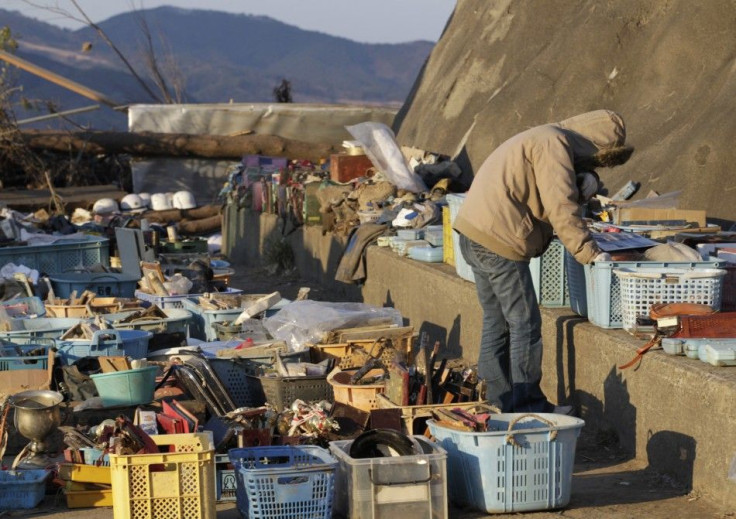Thousands of bodies remain unidentified in Japanese quake zone

About 4,000 bodies remain unidentified in the three prefectures at the very center of the March 11 earthquake-tsunami catastrophe, according to Japan’s National Police Agency (NPA).
Kyodo News reported that the bodies have been collected by search-and-rescue teams in the severely damaged northeastern prefectures of Iwate, Miyagi and Fukushima and remain anonymous. About 1,700 of the corpses have been tentatively identified by their belongings – the police have placed this information on websites in the hopes that friends and relatives will be able to help identify who they are.
For the other 2,300 bodies, police have posted data on clothing worn and physical size.
‘‘They were collected at places far from their residential areas [due to being swept away by the tsunami], or their families as a whole must have been washed away by the tsunami,’’ a senior NPA official at the National Police Agency said.
On the whole, almost 30,000 people have either been killed or remain missing as a result of the earthquake.
Separately, Kyodo News reported that about 40 people remain in the evacuation zone surrounding the damaged Fukushima No. 1 nuclear power plant. These residents – all of whom live within a 20-kilometer radius of the plant – are reportedly refusing to leave.
According to city officials, these resisters include 27 people in Minamisoma, 10 in Naraha, two in Kawauchi and one in Katsurao. In addition, it is also believed that there are some people in the towns of Tamura and Namie who refuse to evacuate.
We have tried to persuade them, but the evacuation order doesn't have coercive power, said an official at the Nuclear and Industrial Safety Agency.
There are concerns about the supply of daily goods for them. Support may be needed for those staying there.”
© Copyright IBTimes 2024. All rights reserved.





















